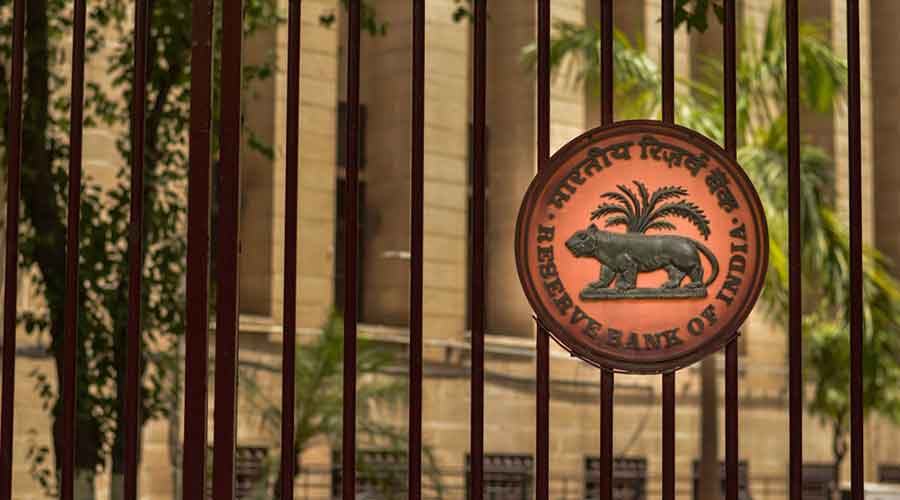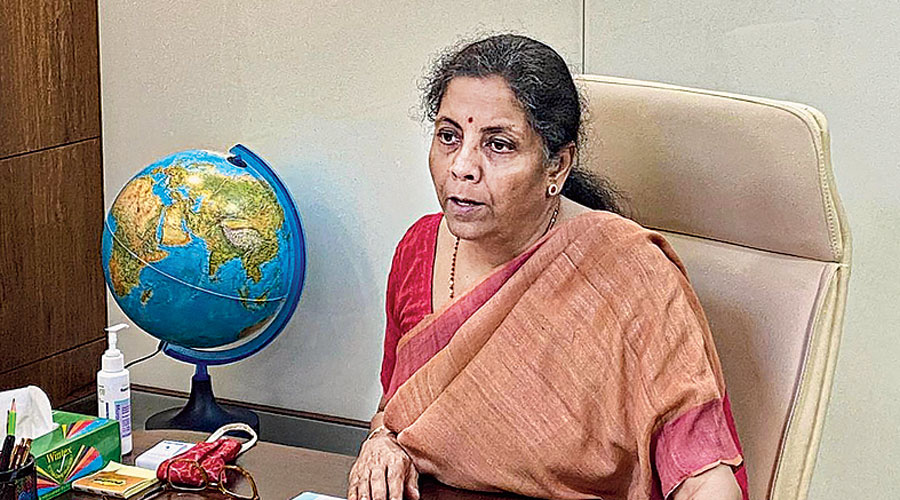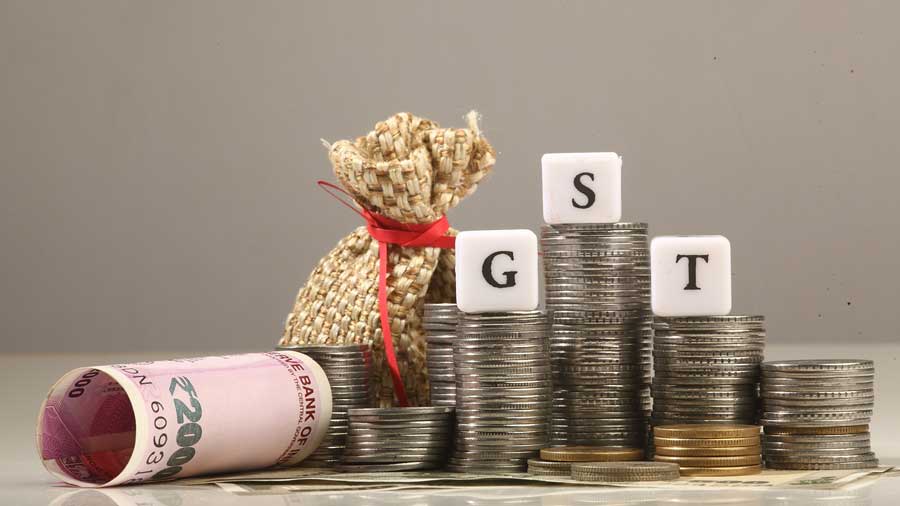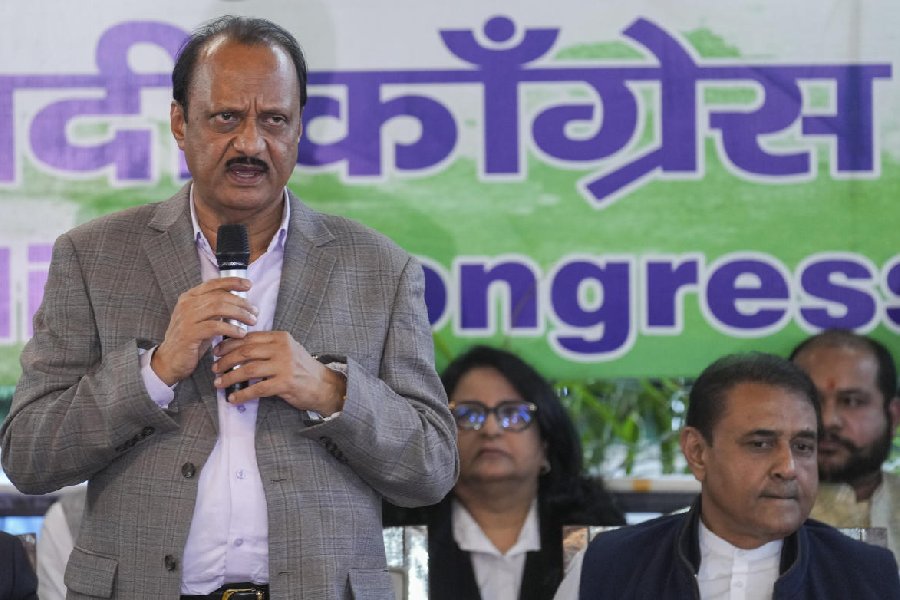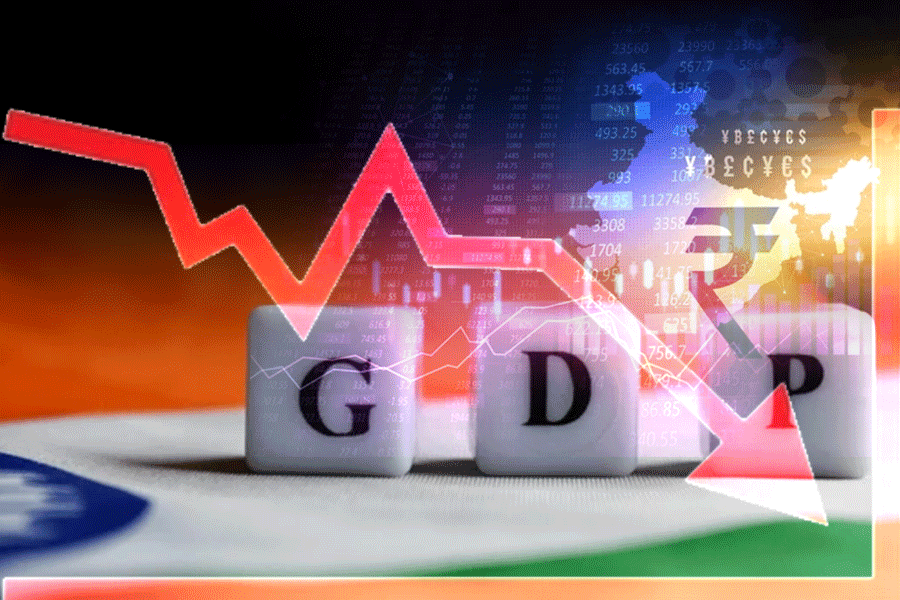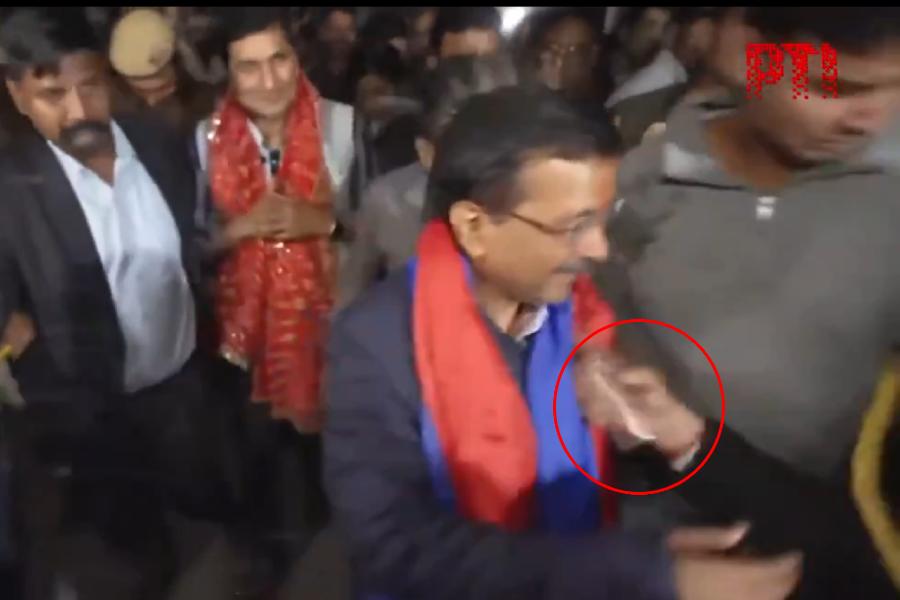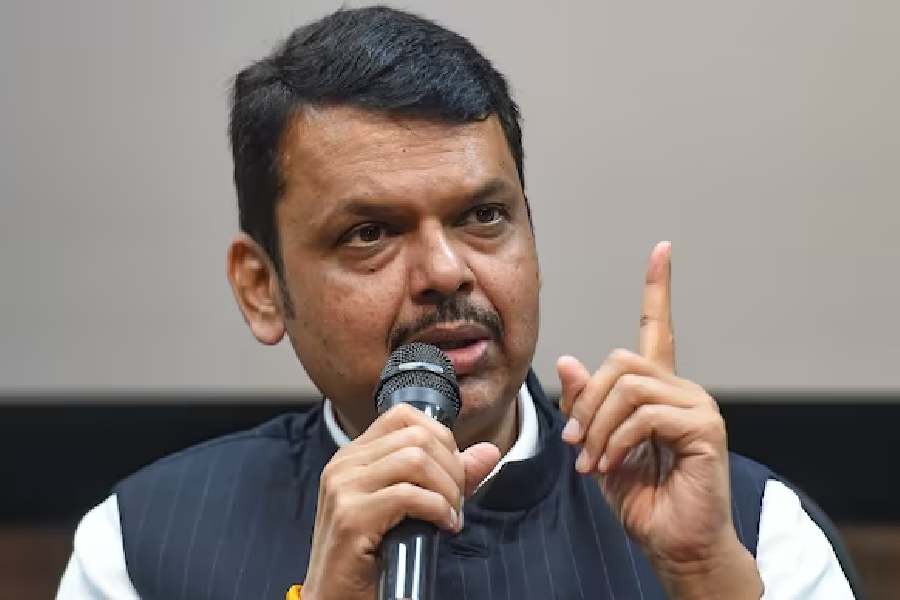The policymakers on Mint Street are starting to feel the heat as the Narendra Modi government starts to ratchet up pressure on the Reserve Bank of India to bail it out of every crisis that it stumbles into. The finance minister, Nirmala Sitharaman, dropped a bombshell when she asked the states to borrow up to Rs 2.35 trillion from a special window that the RBI would open to help them recover compensatory dues under the goods and services tax regime because of poor tax collections in a Covid-wracked business environment. The announcement is as much a shock for the central bank as it is for the states as there was no prior consultation with either. This is just another instance of how the Centre has tried to browbeat the banking regulator to do its bidding — and then sort out the resultant mess. It is even more ironic that this suggestion should emanate from Raisina Hill less than a week after the central bank flagged in its latest annual report that consolidation of government debt would be the key area in its agenda for 2020-21.
The RBI is nominally referred to as the banker to the government, but that is only one of the many roles it plays. Mr Modi’s government has tended to treat the central bank, which is the oldest regulator in the country and can justifiably lay claim on a long history of independent action, like a handmaiden. In May, the Centre raised its gross borrowings target to Rs 12 trillion from the budgeted level of Rs 7.8 trillion, an increase of 53.8 per cent, with no sign of a concomitant increase in spending on the under-funded stimulus package.
The states have seen their outstanding liabilities to the banking system swell to Rs 33.93 trillion at the end of June 30, which represents a 39.6 per cent increase in their borrowings over the past three years, leaving them with no fiscal headroom to take on more debt. The Centre has unilaterally offered to raise their borrowing limit by another 0.5 per cent of their gross state domestic product after raising it to 5 per cent in May from 3 per cent earlier. The new borrowing window for states will tantamount to RBI’s monetization of states’ debt, which is impermissible under the current regulations. The central bank’s balance sheet has grown by 30 per cent to Rs 53.34 trillion largely because the surplus transfer to the Centre this year shrank to Rs 571.28 billion from Rs 1.76 trillion. But that is no reason to penalize the RBI by asking it to spend its carefully husbanded reserves on state government debt when it can use the cushion to deal with other Covid-related contingent risks. It is time for the RBI to push back hard: it can no longer be forced to assume responsibility for igniting growth by cutting interest rates, capping runaway inflation, bankrolling cash-starved states and funnelling funds to dodgy borrowers while the Centre pretends to be in control like a busy policeman minding a logjam.

